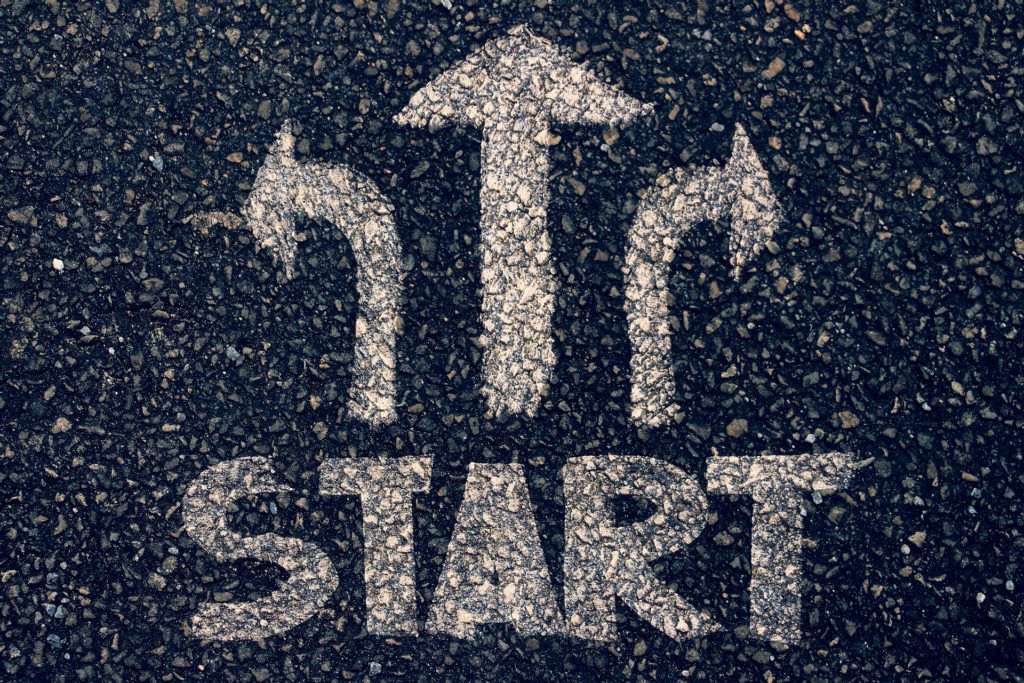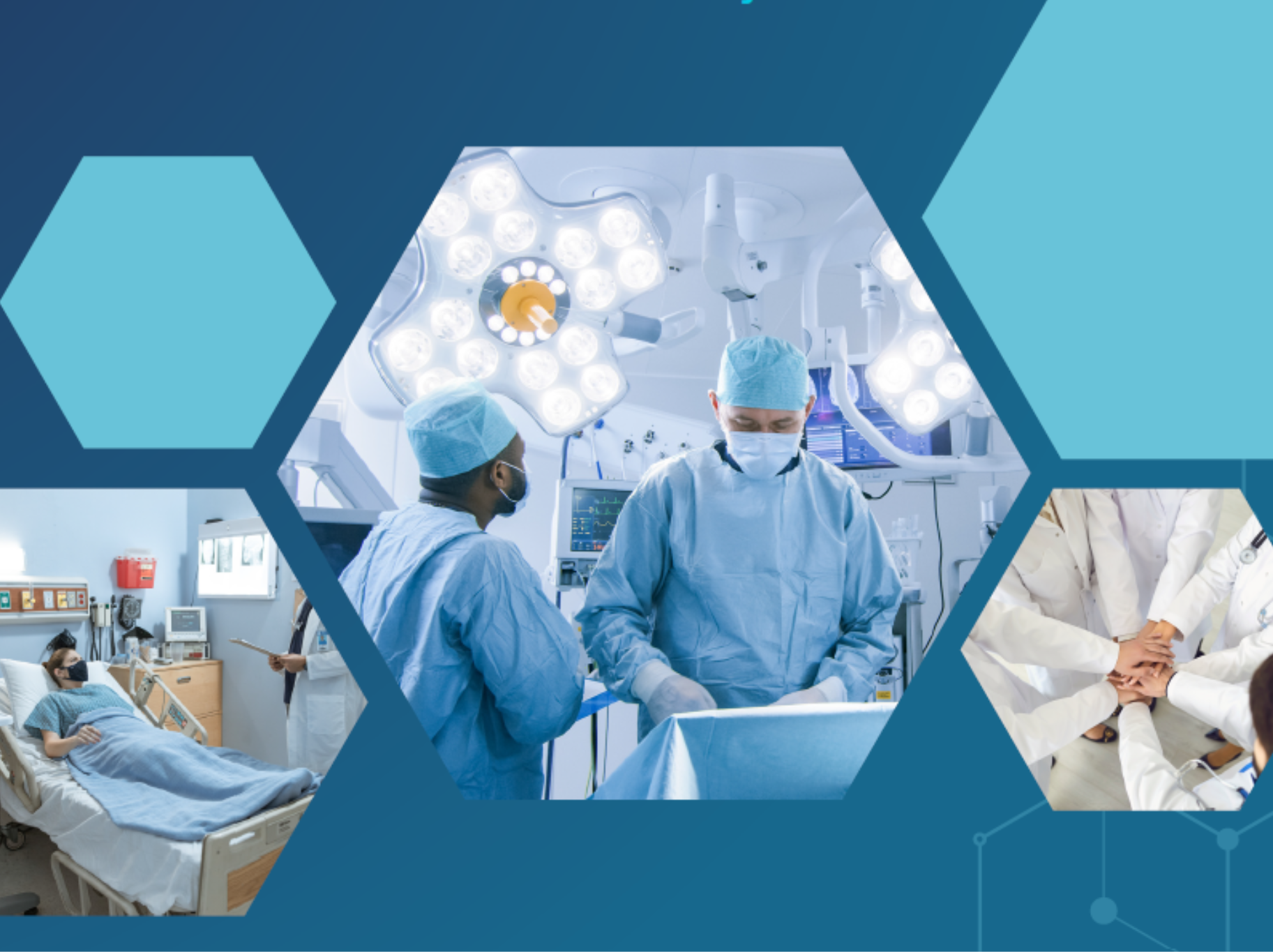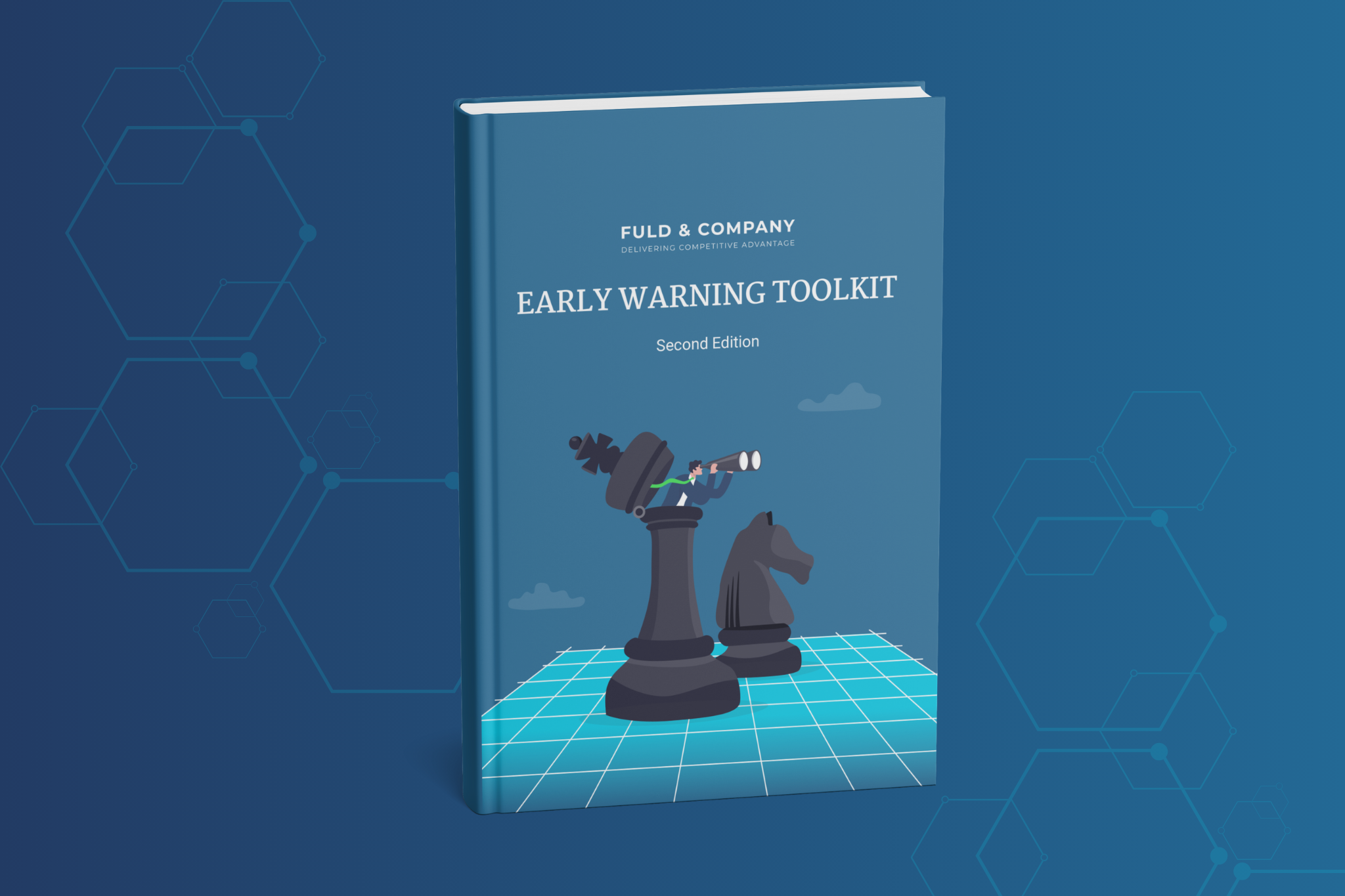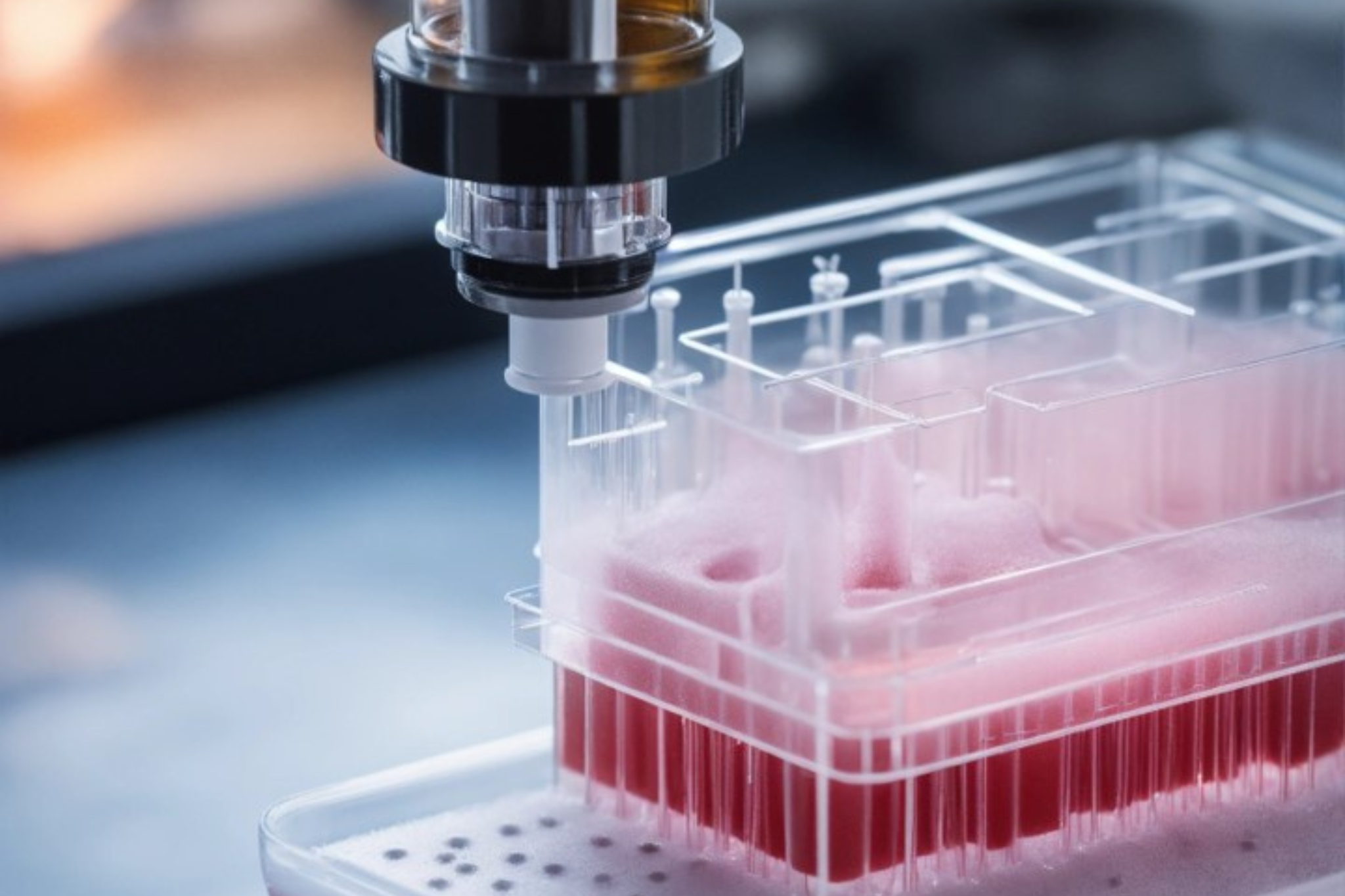Scenario Planning For the Post-COVID World – White Paper
Posted by |
One thing is certain. The economy will continue to evolve in the aftermath of COVID-19, just as it did during the pandemic itself. Without any certainty about what it will look like, however, it’s hard to settle on a strategy that will guarantee success. Will businesses remain subject to every erratic and fickle change in the wind, like falling leaves with no idea where they will land?
Not with adequate scenario planning.
While we can’t predict the future, we can consider — with concrete evidence — a range of realistic possibilities. Scenario planning is a structured framework that helps your business react to unpredictable (but possible) disruptions in the market with speed and effective strategic action. By shaping potential future outcomes into divergent but plausible scenarios, stakeholders can easily link strategic imperatives to ongoing market monitoring for risk/opportunity identification.
And it works. As HBR reported in the wake of the Great Recession, a survey of 77 large companies at the time demonstrated four critical values of strategic foresight:
- Enhanced capacity to perceive change
- Enhanced capacity to interpret and respond to change
- Influence on other actors
- Enhanced capacity for organizational learning
“Scenarios provide the right framework for appreciating fundamental long-term choice, which is not the same as next year’s annual plan.”
—Peter Voser, Shell’s CEO 2009–2013
Where Are We Headed?
Current indicators suggest that another shutdown, a third or fourth surge, is growing increasingly unlikely. The uncertainty now centers around the question ‘what is the new normal?’ The height of the pandemic provoked numerous changes in the way consumers behave, what they buy, where they buy, and how much they are willing to spend on consumer packaged goods (CPG) in essential versus discretionary categories.
Consumer spending in the pandemic gravitated towards certain product groups and services. Electronics, video games, books, delivery of food, for example, all saw increased sales. Other product groups (e.g. apparel, footwear, and those that require in-store interaction) fell behind.
Coming out of the restrictions in place during the pandemic, these are some of the areas that could, and even now are beginning to see change. We’re likely to be asking ourselves questions such as:
- Will we have a world where people move dramatically towards more discretionary items, having lived with essentials for a year and a half?
- Will people return to smaller shops in droves, consciously making an effort to support them?
- Will services take up a larger share of the wallet again (restaurants, travel)?
The point is that the recovering market will almost certainly continue to change in significant ways.
While there are elements of your business strategy that you’ll adhere to in all situations, others will need attention and a flexible plan of action that can be activated if and when a scenario evolves. Mass shifts in consumer behavior may require more agility than you’ve been accustomed to in the past.
Nobody can predict the future, but it’s possible—and valuable—to prepare for a narrow set of likely possibilities with robust analysis and adequate scenario planning. Your carefully designed plans A, B, and C should all be ready to trigger as events evolve and the path becomes clear.
The Scenario Planning Process: Observations, Drivers, & Hypotheses
So, how can companies build early warning programs from scratch? It will require some combination of observing movements in the market, identifying critical drivers of your business, and developing plausible hypotheses about future trends that would affect them.
1. Observations
First, let’s make several general observations about the changes that have taken place in the economy due to the pandemic, as well as the way consumer behavior has trended (so far) during the recovery.
- Pandemic spend was disproportionately on essentials vs. discretionary
- Pandemic spend was disproportionately on products vs. services
- Pandemic spend was disproportionately on larger retail vs. smaller retail
- High Income (HI) millennials have shown a strong desire to spend in the recovery
- The appeal of “value” brands continues to gain steam (brands that declare ethical, charitable, environmental, economic, or social justice values)
- Fulfillment has substantially evolved (growth in e-commerce, curbside pickup, delivery, social media purchases, local market apps, etc.)
Both internal product performance metrics and broader data on market trends will fuel these sorts of observations. From this basic set of facts, it’s possible to imagine potential and likely future trends.
2. Drivers
Next, you’ll need to identify key drivers of your business. A driver could be nearly anything that’s tied tightly to growth and profitability for your particular business. Any given industry might have hundreds of potential drivers that influence the competitive outlook for companies in that market.
For instance, the widespread changes we’ve seen in fulfillment may not even be relevant if you’re an amusement park (you’re not likely to be sending products via FedEx to park guests). Consumer preference for essential spending only, however, would cut heavily into seasonal sales.
Brainstorm as many drivers as possible, then narrow the list to four or so that have the most potential to impact profitability for your organization in the near future (the next few months or years, depending on industry stability). Finally, agree upon the current status of each driver and determine the indicators that would signal a change.
At a high level, to get started, some types of industry drivers could include:
- Consumer/buyer preferences
- Changes in product mix (e.g., towards discretionary items)
- Economic conditions
- Industry-specific regulations
- New technologies
- Exit and entry trends
- Supply chain changes
- Sociopolitical pressures
- Demographic shifts
- Expectations regarding fulfillment
- Brand loyalty
However, drivers should ultimately be more granular than these examples, particular to your industry, and of specific relevance to your company. Broad, vague drivers will make it more difficult to put your unique competitive environment in perspective. For example, “New Technologies” may be too broad a category to be useful in the digital printing industry. Instead, try dividing it into more specific sub-drivers: “New Technologies – Web Tools” and “New Technologies – Delivery.”
3. Hypotheses
A scenario is a vision of a plausible future for a particular combination of identified industry drivers. These “narratives” help to challenge groupthink and organizational assumptions about the future. Considering a series of hypothetical futures will prevent your company from fixating on one seemingly likely outcome or falling back on short-term planning (while delaying major decisions until it is too late).
Consider how the drivers you’ve identified could evolve over the coming months or years. A scale with two poles is often a useful model for how drivers manifest themselves. One end could represent, for example, a greater share of consumer spend in large retail formats while the other represents a return to smaller boutique shops. The hypotheses you assemble at this stage form the seeds of the “scenarios” you’ll soon develop.
Hypotheses we might put forward as the economy moves into a post-pandemic recovery phase could include:
- A pendulum swing towards more discretionary items
- Services will take up a greater share of the wallet
- Smaller retail stores will regain share
- Spending pickup will be the strongest among high-income, vaccinated millennials
Don’t allow intuition to dominate your scenario design. It would be easy to simply combine drivers at random or go with the first few scenarios that come to mind. Systematic selection with hypotheses based on data is much more useful. When data drives the process, driver combinations tend to be not only plausible but more reliable to forecast and easier to identify as critical scenarios to track.
Planning In Practice: Three Scenarios For a Mass Retailer
A set of well-developed scenarios can be among the most useful tools as you plan your own process. Let’s consider three projected scenarios for a theoretical business that targets essentials. The business is a private label brand sold through a traditional mass-market retailer in the image of Target, CostCo, or Wal-Mart.
This was an attractive place to be in the height of the pandemic, as consumers relied more heavily on essentials from private brands as much of the economy shut down. Now, the brand is contemplating how to emerge from the pandemic as the economy opens up and consumer behavior changes again.
If the public attention shifts to emphasize luxurious or “fun” products after a year of cutting back, this may not bode well for our theoretical private brand. One of the main drivers in each imagined scenario below will be changes in the product mix (discretionary vs. essential items). Another would be changes in fulfillment expectations, specifically whether buyers will largely return to physical stores vs. continue to prefer online and pickup options.
-
Hypothetical Scenario #1 (Abbreviated)— “Home and Back Again”
Consumer behavior mainly returns to pre-pandemic preferences.
In this scenario, hypotheses would include the abandonment of masks, a return to in-store shopping, and a balance of discretionary vs. essential spending. This may be among the least damaging potential scenarios for the business, as it already knew how to operate prior to COVID-19 and can return to these practices.
Sales will no longer be elevated (with a reduced emphasis on essential spending), so this is a time to evaluate the profit of the heightened period and how best to invest it in long-term sustainable growth strategies for a “conventional” market.
-
Hypothetical Scenario #2 (Abbreviated) — “Chic Boutique”
Foot traffic and discretionary spending spike, but high-income millennials show preference for smaller stores and “value” brands.
This scenario involves three disadvantages materializing: smaller retailers will cut into the mass retailer’s market share, an essentials-focused product mix becomes less profitable, and a conventional brand identity (not values-focused) loses some level of appeal. On the bright side, strong in-store purchasing behaviors will also drive sales.
HI millennials in this scenario are a key demographic to watch. Their role as key spenders makes their preferences a priority. The retailer will need to research and prepare for adjustments to their product mix, storefront marketing campaigns, or in-store experiences that emphasize the values of millennial buyers.
-
Hypothetical Scenario #3 (Abbreviated)— “Easy Does It”
Demand for curbside pickup and e-commerce remains high and foot traffic does not return to pre-pandemic levels.
Of the three imagined scenarios, this one will involve the least change from the private retail brand’s expectations and outlook during the height of the pandemic. Spending on essentials may drop back to normal levels, but consumers may continue their fulfillment habits to some degree as the convenience of low-contact and online purchases takes hold.
Should this trend continue—even if it is less pronounced than before—the retailer’s business strategy should emphasize further buildout of digital buying options and restructuring of physical locations and workforce to accommodate a long-term shift in fulfillment preferences.
Targeted Tips For Your Own Scenario Planning
The scenarios imagined above are only a sample of what a business may consider in a realistic possible future. The ones your own business designs should be grounded in specific indicators and metrics that can be quantified and monitored continuously. Driver-related market research, broader economic modeling of the industry, and financial impact analysis of each outcome can all be useful in determining the scenarios you build out and plan for in full.
“If you can’t quantify what you are talking about, they tend to dismiss you as interesting (at best) mystics.”
—DeAnne Julius, Shell’s Chief Economist 1993–1997
The key drivers and your hypotheses may differ significantly from those put forth in the above examples, depending on your data projections and your business model. There are numerous variables that could impact consumer spending as we emerge from COVID-19. A few other possibilities worth your consideration might include:
- The potential for increased inflation
- A resurgence in (or abandonment of) coinage as currency
- Stocking in anticipation of spending
- Reduced consumer spending overall
As you investigate the variables that seem most relevant to your business and likely to be volatile in the coming months or years, it’s also important to keep perspective. Scenarios can help your organization avoid groupthink, but they can also create a groupthink of their own. Here are a few things you can do to help ensure that your plans remain active, relevant, and useful rather than gathering dust in a forgotten folder of interesting-but-purely-theoretical strategic mental exercises.
- Stick to Four or Five “Worlds”: Too many scenarios can cause paralysis. Too few will “put the blinders on” and could leave you unprepared for the full range of possible outcomes. A suite of four to five scenarios that mix and match drivers and severity is a good baseline.
- Name Each Future: Note the brief, catchy names for each of the example scenarios above. A memorable and evocative name is critical to keeping the scenario alive in the business’s strategic mindset. Avoid sentence-length descriptions of the future or dull and forgettable names like “Discretionary Spending Increase” or “Less Foot Traffic.”
- Include “Stretch” Scenarios: It’s easy to justify scenarios that project only marginal shifts for better or worse for different business drivers, and indeed, they may be more likely (and important to include). However, more extreme scenarios are not a waste. In fact, these dramatic possibilities are exactly where planning ahead can have the most effect. Probability and risk are not the same — you can respect the magnitude of a low-probability scenario while acknowledging its unlikelihood.
- Diversify Your Variables: Don’t fall into the trap of having one spectrum with great, good, concerning, and bad scenarios, all around a single variable. The future is almost always a mix of good and bad. Use two or three business drivers that are not dependent upon one another to construct your scenarios and you’ll project a more multivariate (and realistic) range of future possibilities.
- Revise Over Time: Scenario planning isn’t about being right or wrong; it’s about being prepared. The future is dynamic, and so too should be your portfolio of scenario plans. If a scenario seems to be losing its relevance after a few months, revise it or remove it — but always add a new scenario to replace the ones you remove.
There’s incredible value in keeping scenario plans current, easy to digest, and alive in the organization. Take H-E-B, the Texas-based grocer, for example. A 2021 Forbes article recently reminded us of the value the brand realized from pandemic planning as early as 2005 (in response to the advent of the H5N1 virus). Those plans came to life in 2009 when the “swine flu,” H1N1, swept the nation.
Justen Noakes, the H-E-B director of emergency preparedness, relays that “We’ve continued to revise it, and it’s been a part of our preparedness plan at H-E-B ever since.” It returned to relevancy in February of 2020, when H-E-B pulled it out and kicked off step one of the plan. Their modeling of potential impacts from events like hurricanes and pandemics helped them prepare for the disruptions that were to follow in their supply chain, with customer demand, and with employee availability.
The Future Is Uncertain. Be Prepared.
Effective scenario planning takes a lot of upfront research and a structured process to carefully consider and evaluate a multitude of complex variables. It’s not merely a guessing game, but a calculated set of contingency plans for consequential eventualities foreseen or suggested by current internal and external data.
“In the business world, the rear view mirror is always clearer than the windshield.”
—Warren Buffet
While some organizations have a wing of the leadership dedicated to this sort of research, it’s not uncommon to feel like you don’t know where to begin. Fuld & Company specializes in the sorts of market research and data-driven strategic insights that can fuel impactful scenario planning. Your team can draw upon our rich experience in structuring and guiding the research and planning process to develop an early warning system that keeps your company one step ahead of market trends — and your competition.
Download our free Early Warning Toolkit to explore our proven four-step approach to scenario analysis and planning. The Fuld & Company framework provides businesses with everything it takes to prepare for the uncertainty of the post-COVID future. If you’re interested in more robust assistance, contact our team to discuss your needs. We’d love to help you get started.
Tags: Competitive Strategy, COVID-19, Early Warning, Early Warning & Monitoring, Risk Management, Scenario Planning, Strategic Planning




















